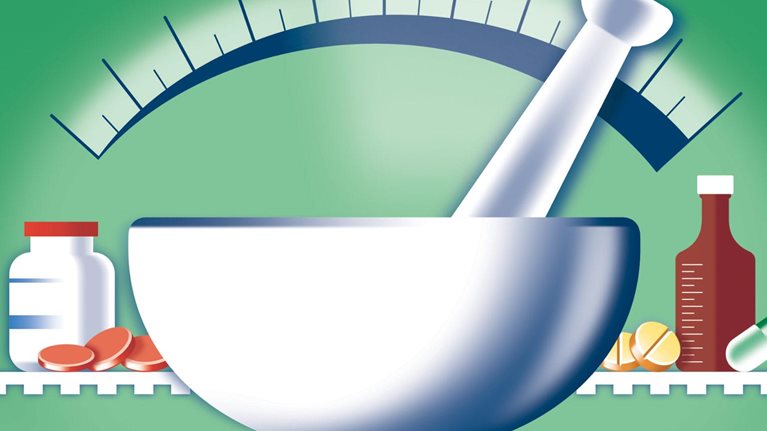The “blockbuster” drug-development model that served the pharmaceutical industry and its investors so well during the decade ending in the early 2000s has run its course, for the market’s expectations about operations have shifted away from optimizing current assets and toward creating value for businesses. To meet these expectations—entertained not only by the market but also by regulators—pharma-manufacturing leaders must manage smaller batches, shorter runs, greater complexity, more volatile demand, and ever-increasing quality expectations. In short, they must now look beyond running production efficiently and rethink their whole approach to it and demand a level of innovation that matches the recent changes in the pharmaceutical landscape.
In a 2004 report,1 the US Food and Drug Administration put the problem this way: “Pharmaceutical manufacturing operations are inefficient and costly. Compared to other industrial sectors, the rate of introduction of modern engineering process design principles, new measurement and control technologies, and knowledge management systems is low. Opportunities for improving efficiency and quality assurance . . . are not generally well recognized.”
Many other industries have changed much more quickly. If engineers who had worked on a manufacturing system for an automotive company in the 1950s, say, were to visit a state-of-the-art automotive plant today, the many changes would astonish them. They would immediately notice, for instance, robots tirelessly spot-welding car bodies where men in welding masks once worked. Their counterparts in the steel industry would experience a similar study in contrasts: today’s minimills are economical at a tenth of the scale of large integrated mills.
The short story is that other industries have pushed manufacturing innovation far and fast, but pharma has not. Yesterday’s choices—prioritizing timely product launches over stable processes, reserving enormous excess capacity, and choosing safe and conservative technologies—are clearly not right for today.
McKinsey surveyed the industrial landscape to imagine innovative future production scenarios designed to meet the challenges ahead. We call this effort “Plantopia”—a planner’s utopian vision of what pharma manufacturing could become. Our research yields three possible archetypes of its future, modeled on three success stories from innovative companies: the chipmaker Intel, which competes on manufacturing efficiency; Nucor, a steel minimill operator known for innovation; and Walt Disney Company, which expanded from a movie-focused media business into an entertainment conglomerate (exhibit).
Pharma manufacturing’s path to successful future innovation could follow any one of three archetypes.

Despite a new environment marked by tighter regulation and stiffer market constraints, the pharma sector can restore lost value by focusing intently on manufacturing innovation. The winners under these more difficult conditions will be companies that recast their approach to operations and learn from proven innovators in other sectors.
For more, download the full version of this article, “Plantopia? A mandate for innovation in pharma manufacturing” (PDF 2,882 KB).

